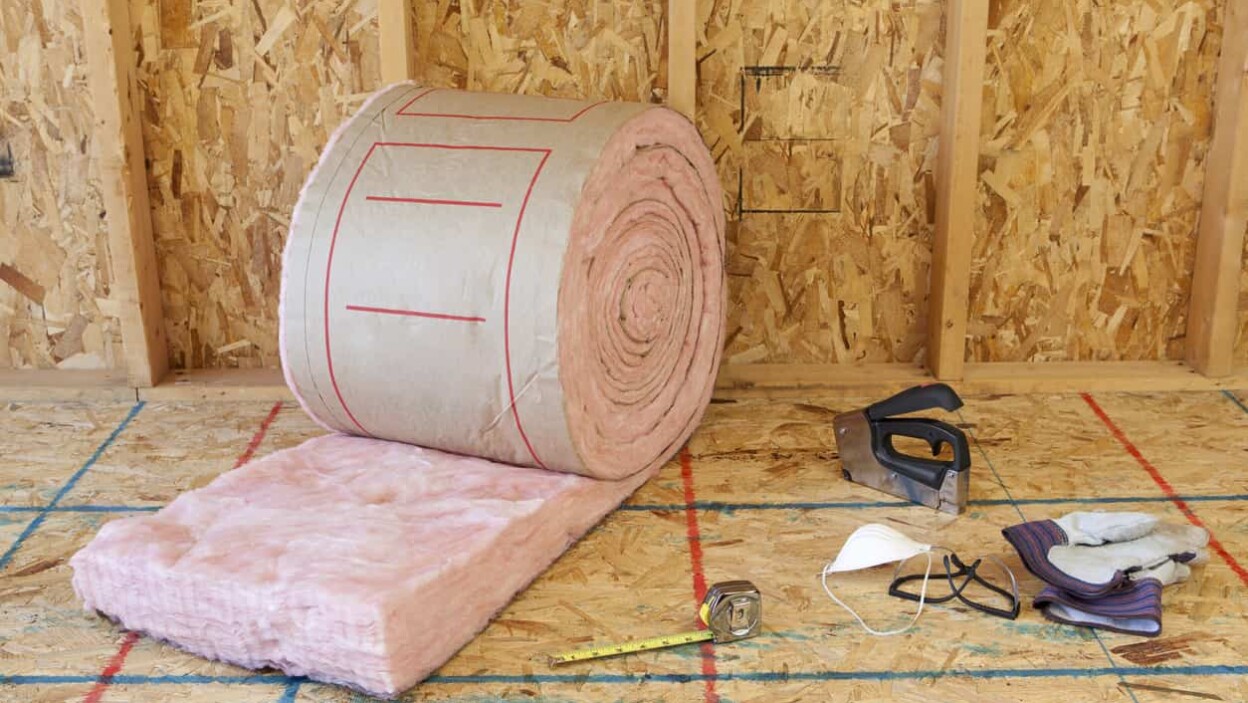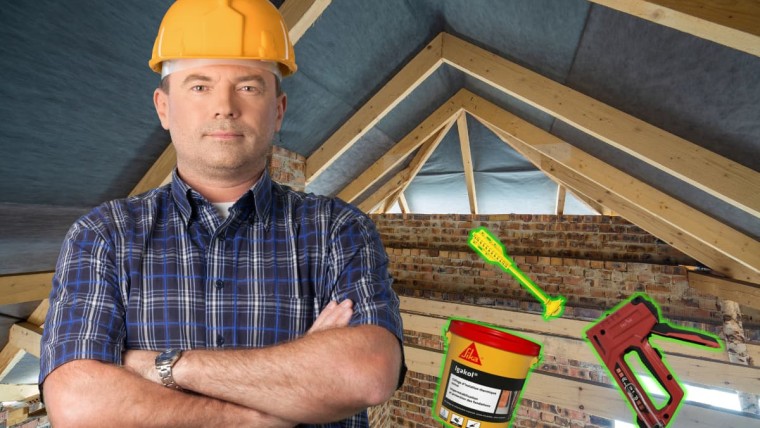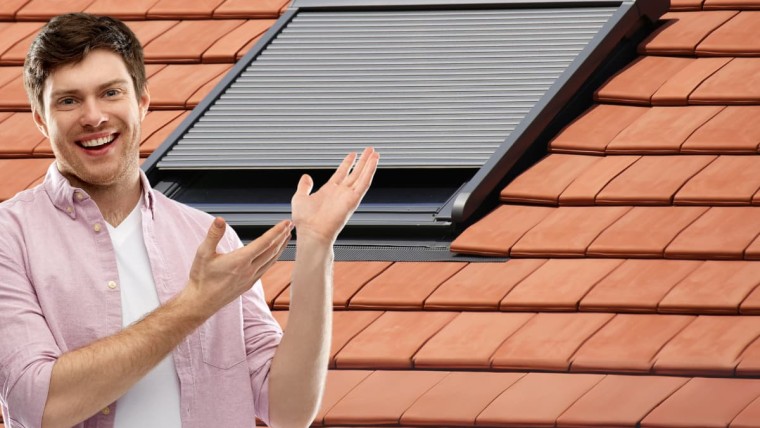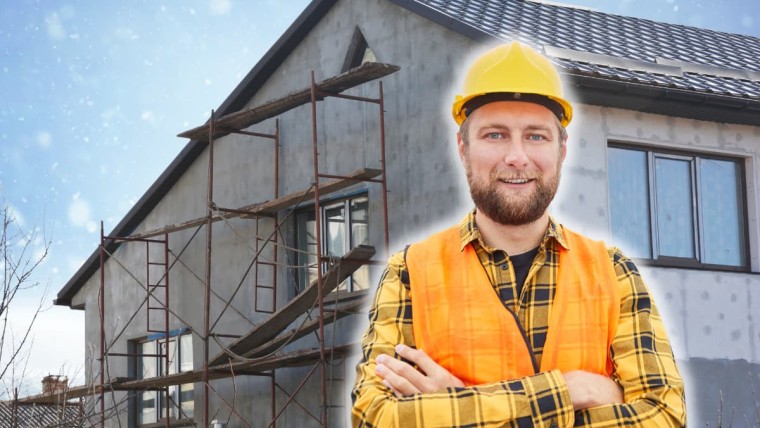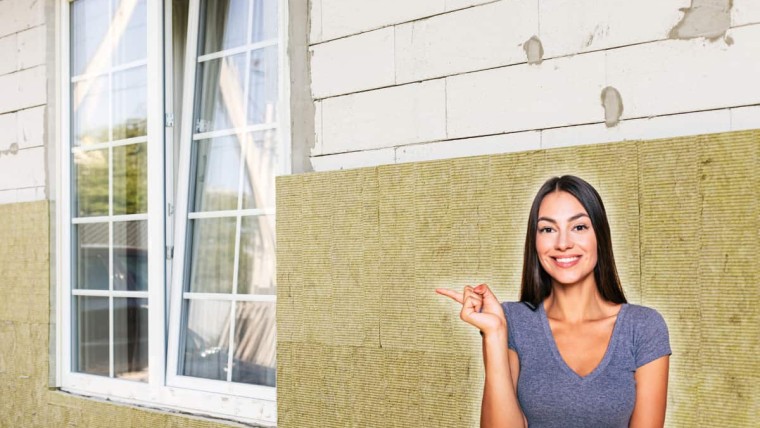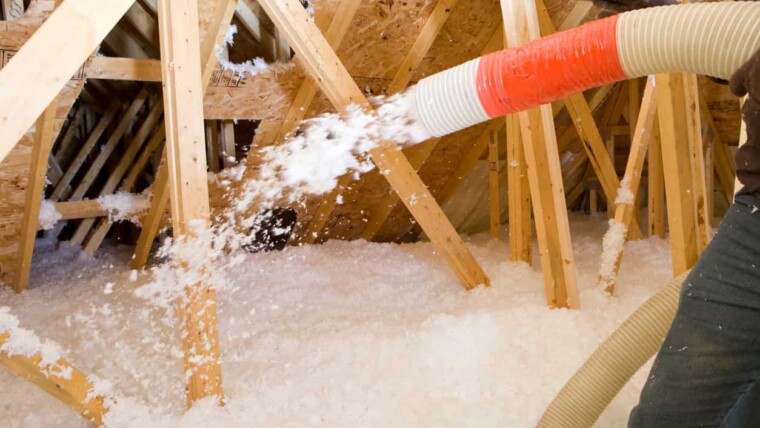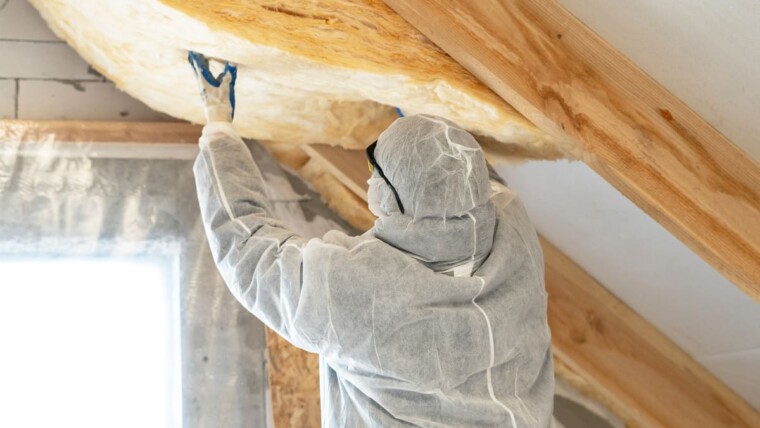When you insulate the attic or walls in your house in renovation, you use glass wool in roll is the base. There are other types of insulation but this is the most common.
You have noticed the presence of a film of kraft paper on one side of the roll of glass wool that you bought at Leroy Merlin, Brico Dépôt or perhaps online at Mano Mano, and you wonder what it can be used for.
The kraft paper on the glass wool has 2 uses:
- Vapor barrier (vapour barrier) to avoid condensation in the wool
- Have a cutting grid and make clean cuts
Kraft paper over glass wool: a basic vapour barrier
It is also called vapor film or vapor membrane. The role of the vapour barrier is to avoid condensation within the insulation of a dwelling.
In fact it prevents or limits the penetration of water vapour into the insulated walls. Air always contains a certain amount of water vapour, depending on the room's humidity. If this water vapor passes through the glass wool and condensation occurs, then Mould can form and thus degrade the quality of insulation and indoor air, which is bad for the energy bill as well as for the health of the occupants.
The vapour barrier also improves the airtightness of the building envelope and therefore also limits heat loss due to air leaks.
We note that since the vapour barrier prevents water vapour leakage, and that the production of water vapour by a family of 4 is estimated at 12 liters per day, it will be necessary to Ideally, set up a good ventilation system to extract all this water vapor from the house! Either by manual natural ventilation, by opening the window regularly, or mechanically via a VMC double flow for example. And ideally both!
The strength of a vapor barrier is measured by its water vapor resistance value: Sd in meters. This is the resistance to water vapor diffusionIt is obtained by multiplying the coefficient of mu resistance to water vapor diffusion by the thickness in meters of the insulating material.
- If the Sd is higher than 18m, we talk about a vapour barrier
- If the Sd is between 2 and 18m then we talk about a vapor barrier
In the case of kraft paper the Sd is about 2m, which makes it more of a vapor barrier. Mineral wools with kraft paper can be combined with vapour barriers that offer greater resistance to water vapour diffusion, to avoid condensation in the room in winter. glass wool due to higher water vapor pressure inside than outside.
So, should glass wool be laid with or without Kraft?
This depends on how the glass wool is used.
If you're insulating outside walls, you don't need a vapour barrier, so you don't need kraft. Install bare glass wool.
If it's for interior wall insulation, and a vapour-barrier membrane is provided, then there's no need for kraft either.
If you're insulating interior walls, ceilings or attics, and nothing else is planned, it's best to leave the kraft membrane in place, as it will act as a minimum barrier against vapour diffusion into the insulation, which could damage it. You can reinforce the kraft with a second membrane at a later date, depending on the conditions where you live.
The kraft paper on the glass wool also allows to have a clean 10×10 grid
What's handy about this kraft paper is that it gives a clean surface, with most of the time a nice 100mm x 100mm grid to find your way around if you're making cutouts.
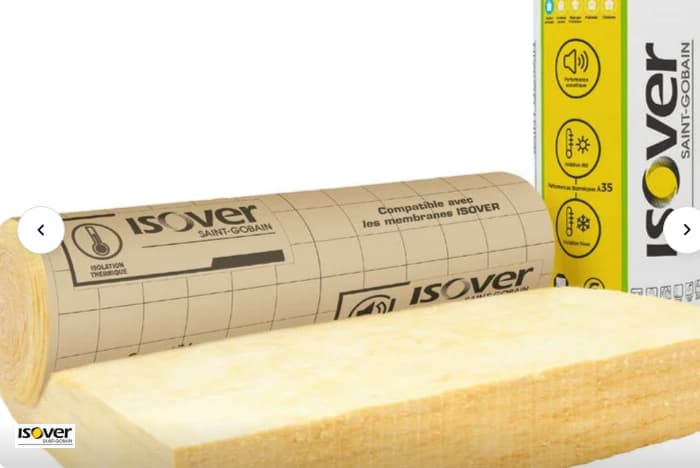
What other types of vapor barriers are there?
As kraft paper is not really sufficient in terms of steam braking according to French regulations and precisely according to the DTU 31.2 which recommends an Sd value greater than or equal to 18mIt can be combined with other types of membranes that will increase the overall Sd value.
The idea in fixing Sd = 18m, is to respect a rule of factor 5. That is to say that the diffusion of steam on the interior side must be 5 times greater than that on the exterior side.
The most popular vapour barriers today are the smart membranes. These are hygro-variable vapour barriers. This means that they adapt their Sd value according to the hygrometry. This ensures a dry wall in all conditions. The Sd can vary from 0.5m to several tens of meters, transforming the membrane into a vapour barrier or a vapour barrier, depending on the season and the water vapour pressure.

Julien G.
Juliena mechanical engineering graduate and specialist in climate engineering since 2009, has become a writer specializing in renewable energies, with expertise in heat pumps and photovoltaic solar panels for individual housing.
See all articles by this author
